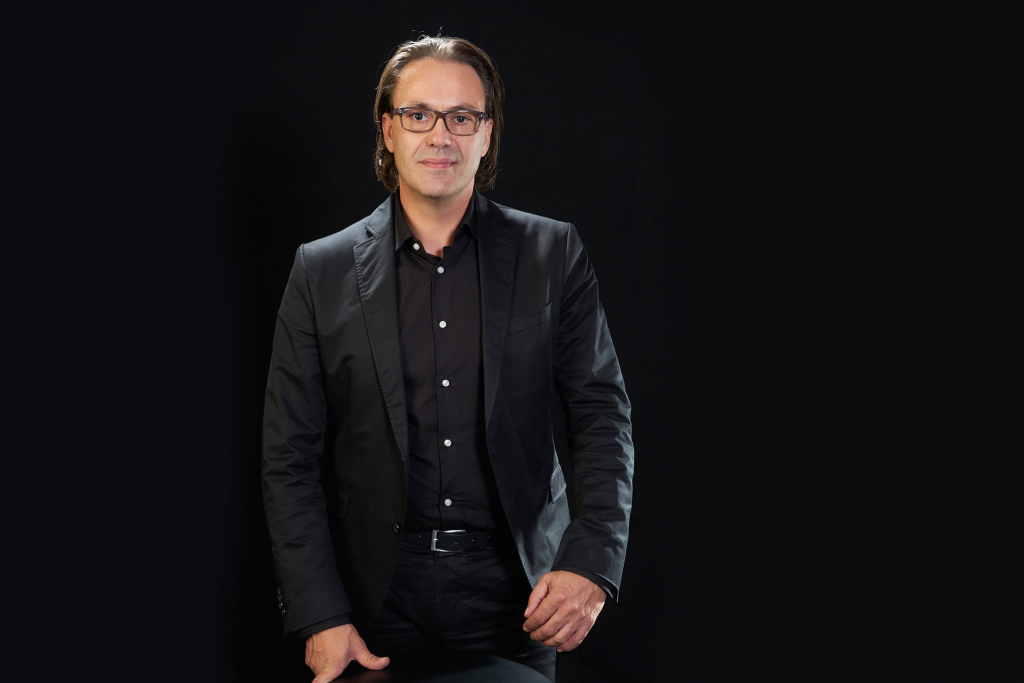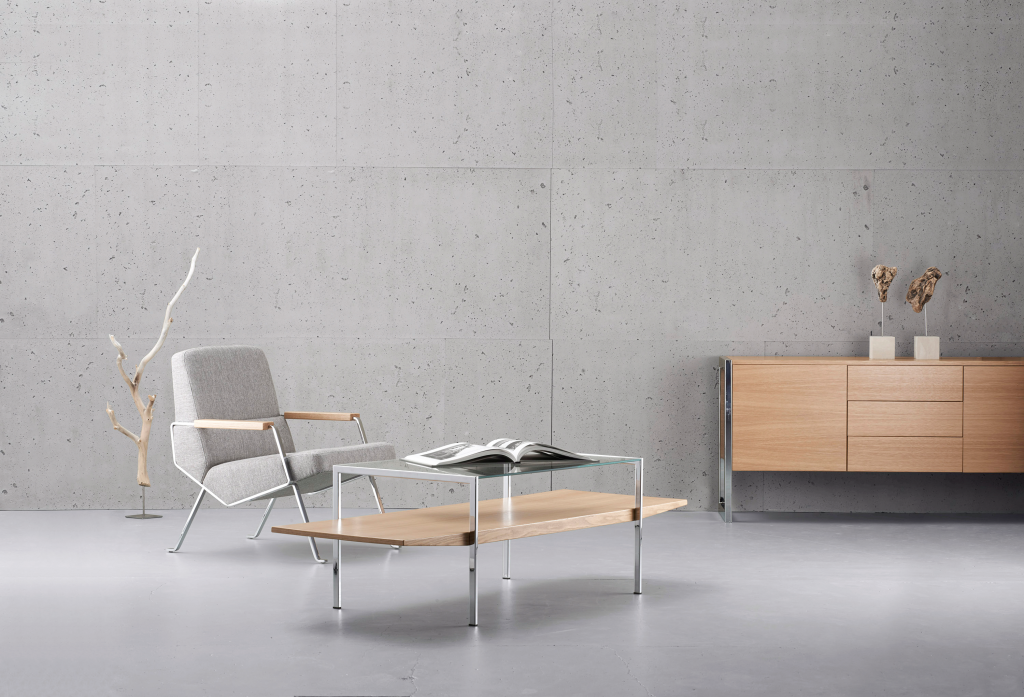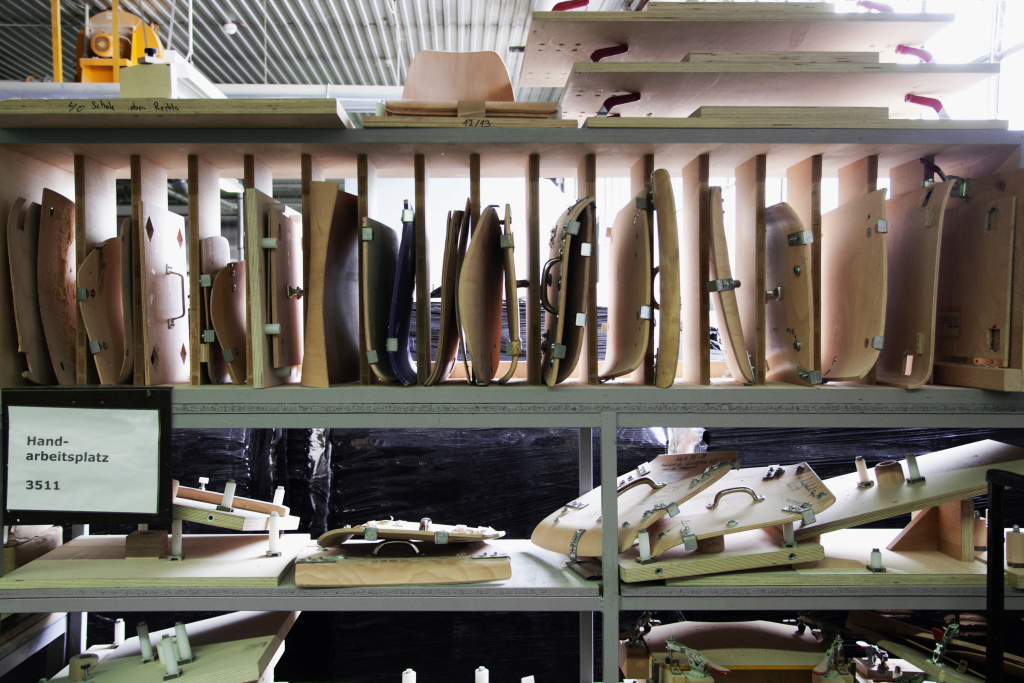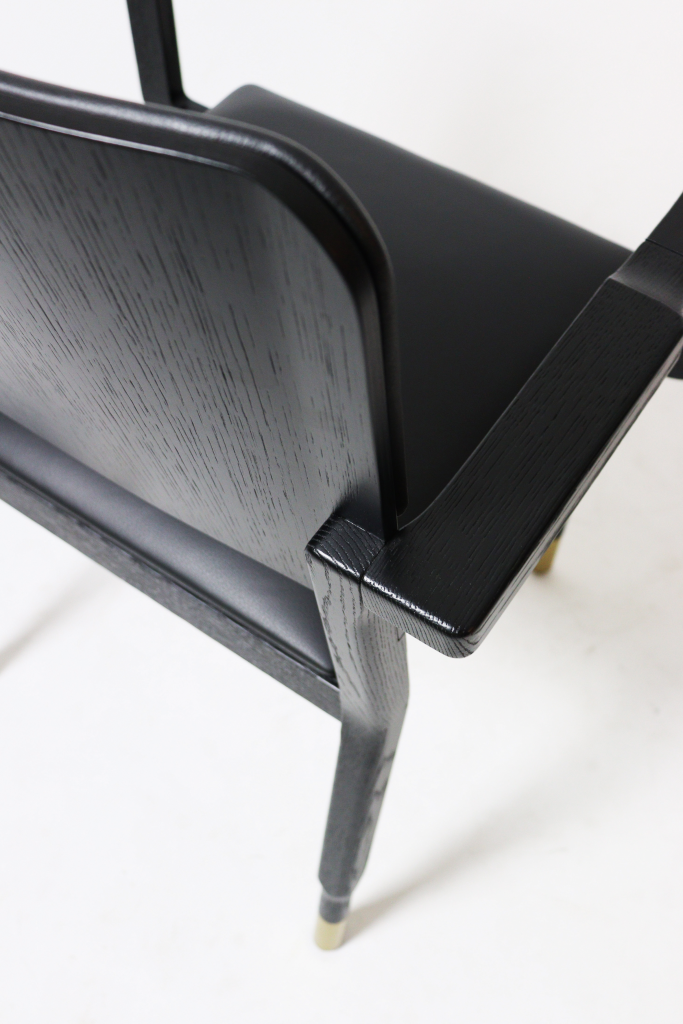Series-produced furniture and individual designs are the secret of success for Braun Lockenhaus. They offer much more than “just” chairs.
The Braun brand stands for far more than “just” a chair manufacturer. Braun Lockenhaus stands for the contemporary combination of old craftsmanship and high-tech, which is precisely and personally tailored to the customer’s wishes. In addition to the furniture, the company is dedicated to customised interior design. The exclusive distribution of the Rosconi brand, a specialist for coat racks, receptacles and ashtrays made of stainless steel, rounds off the interior portfolio of Braun Lockenhaus. The Burgenland-based contract and design furniture manufacturer has established itself as one of the country’s market leaders at its production site in Lockenhaus. Today, it supplies the entire contract sector in Austria. Customers include the “21er Haus”, the Esterhazy Palace and the “Kultur Kongress Zentrum” in Eisenstadt, Vienna Airport, the restaurants “Fabios”, “Lugeck” and “Motto am Fluss”, and the “Live Congress Leoben”. Braun Lockenhaus, managed by Jochen Joachims, has been part of German Schneeweiss interior since 2005.

© Schneeweiss interior
What is the secret to be a successful furniture manufacturer for
more than 100 years and to enjoy international recognition?
Jochen Joachims: There are many crucial elements that are essential
and important. It is fundamental to constantly question and reflect
on yourself, also in terms of processes. Of course, you also have
to respond to the customers and understand their needs and desires.
That’s why we don’t just produce mass-produced furniture,
but also focus on the production of individual furniture and interiors.
Of course, we must not disregard the current trends here, which is
why we always take a close look at the market and add to our portfolio
accordingly. The quality of our products plays just as important
a role as our reliability. Customer service is the be-all and end-all.
After-sales is therefore not a buzzword for us, but rather a fundamental
part of our corporate culture – starting with the needs analysis
and ending with follow-up support. We remain loyal to our
customers for years after delivery. In the spirit of sustainability, we
manufacture spare parts or reupholster the furniture, if required.
The customer should be satisfied with our products in the long term.
Braun Lockenhaus is one of the largest full-range furniture
suppliers in Austria. What is the company’s focus?
Joachims: Our core areas of operation cover several sectors: Health
Care, Hospitality, Public Areas, Education and Business Spaces. The
focus is on furnishing hotels, restaurants, seminar areas, trade fairs
and meeting places, but also social institutions such as hospitals or
care homes as well as faith institutions. We develop room concepts
that give new perspectives to living and working environments –
from the colour schemes and room planning through to the furnishing
with high-quality furniture. Our aim is to offer our customers a
complete solution from a single source.

© Schneeweiss interior
Which of your projects or clients from the
past years would you highlight in particular?
Joachims: We supplied the Congress Center Leoben with numerous
products, among others from our table and chair portfolio, but
also litter bins and lounge furniture. The special feature of the
seating furniture was that it was equipped with our ‘no.e’ digital
information system. Together with the Viennese architect Martin
Mostböck and the Filippou couple, we developed an extravagant
armchair for the Michelin-starred restaurant Konstantin Filippou in
the heart of Vienna, which we subsequently produced and integrated
into our portfolio. A special project in the field of education is the
Wifi business institute in Eisenstadt, where we furnished training
and seminar rooms according to individual customer requirements.
The special feature here is our mobile netbox ‘Power Beam’, which
can be mounted and dismounted without tools and retrofitted to a
wide variety of tables. Finally, I would also like to mention the assisted
living facility ‘Silberhoamat Weidachhof’ in Schwaz, Tyrol,
where our custom-fit products were used in the health care sector,
which not only fulfil the ergonomic functionalities of the target
group, but also contribute significantly to making work easier.
Is it not difficult to meet the needs of customers
such as congress centres, the hotel industry,
gastronomy, sports facilities or religious
facilities under one roof? In addition, you also
manufacture individual furniture for private
customers.
Joachims: Our main market is for sure in b2b,
and the requirements in each target group and
also within the target groups are very different
and individual. For our development department,
this means an enormous amount of effort, so that
we can offer the right products to fit the customer’s
needs. Due to our very high level of vertical integration, we are
almost always able to accommodate all wishes and adaptations.

© Schneeweiss interior
Isn’t that a logistical nightmare, especially as far as material
procurement and supply chains are concerned?‚
Joachims: Thanks to our high vertical integration of 76 percent, we
are less dependent on supply chains and can produce as much as
possible ourselves. This independence is very important to us and
also distinguishes us as a manufacturer. We produce straight from
the tree trunk through to the finished piece of furniture. When we
do use external partners, regionality and proximity are very important
to us – not only in terms of sustainability, but also to keep a
better eye on risk management and thus be able to react to delays
and interruptions as quickly and as well as possible.
How do you manage to keep winning design
awards?
Joachims: As we always work closely with
renowned architects and design offices, we
not only develop products that follow the latest
trends, but also products that meet the
highest standards and quality. On the business
side, this also promotes our further development.

© Schneeweiss interior
Your designs can already be found in museums.
Joachims: Our product ‘garcia’ has been part of the permanent
exhibition at the MAK Vienna for more than 15 years. It makes us
incredibly proud to work with such a talented designer as Martin
Mostböck – and that for more than 20 years now. The product can
also be admired at the Hofimmobiliendepot in Vienna.
What was behind the idea of the inclusive ‘one4two’ table and
have there been any other ‘inclusion furniture’ since its presentation
in 2020?
Joachims: The ‘one4two’ product has won several design awards.
The focus is on inclusion. Sitting people, for example someone in a
wheelchair, can place their drinks and food on it, and at the same
time it functions as a high table – a versatile multi-talent, a musthave
in our portfolio.
Wood, metal, fabrics and leather – where do you source raw
materials from and how much will the new Austrian supply chain
law force you to change here?
Joachims: In the middle of Burgenland, economic and ecological
responsibility is of great importance to us. The wood used for production
comes to a large extent from the forests of the Geschriebenstein
and Hirschenstein regions in central Burgenland. We try
to source all other materials needed for the manufacturing process
as close as possible to our location or from Europe.

© Schneeweiss interior
Will plastics lose relevance in furniture manufacturing?
Joachims: This question is not so easy to answer because the answer
involves a certain complexity. Plastics are currently very
trendy, especially for seating shells. Therefore, we expect this trend
to increase rather than decrease in the near future.
Are you concerned about the shortage of skilled workers and
what are you doing about it – speaking of employer branding?
Joachims: Promoting employees is very important to us. The world
of work is in a state of great change and upheaval, and it is not so
much a question of a shortage of skilled workers, but a shortage of
workers in general. This affects us, as manufacturers, predominantly
in the production area. Finding employees in this area, regardless
of their qualifications and training, is currently very difficult, if not
almost impossible.
What are the biggest challenges for your company in the coming
years?
Joachims: Simply because trades are becoming more and more
extinct, manufacturing companies will face numerous challenges in
the coming years. Rising material and energy costs should not be
underestimated and must be compensated accordingly. This will
then also be clearly reflected in the increase in product prices. In
addition, the increasingly desired and demanded work-life balance
with fewer working hours will become the norm, which in turn is
not always productive and efficient.